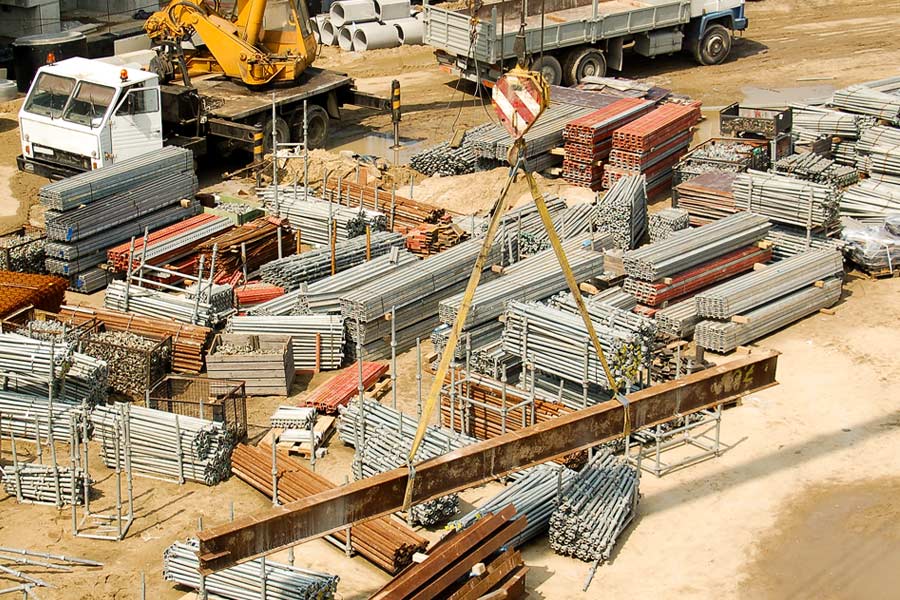PVC sheeting is a versatile material widely used in various industries, including construction, signage, and manufacturing. Joining PVC sheets together effectively is crucial for creating durable and seamless structures. In this comprehensive guide, we will explore different techniques and tips to help you master the art of joining PVC sheeting.
- Solvent Cement Bonding:
Solvent cement bonding is the most common method used to join PVC sheets. It involves using a chemical solvent to soften the PVC surfaces, allowing them to fuse together. Here's a step-by-step guide:
a. Prepare the surfaces: Clean the PVC sheets thoroughly using a mild detergent and water. Remove any dirt, grease, or debris that may hinder the bonding process.
b. Apply the solvent cement: Using a brush or applicator, apply a generous amount of solvent cement to both surfaces to be joined. Ensure even coverage, especially along the edges.
c. Join the sheets: Carefully align the PVC sheets and press them firmly together. Apply constant pressure for a few minutes to allow the solvent cement to bond the surfaces effectively.
d. Cure time: The curing time for solvent cement bonding can vary depending on the specific product used. Follow the manufacturer's instructions for the recommended curing time before handling or applying any stress to the joint.
- Hot Air Welding:
Hot air welding is another popular technique for joining PVC sheets, particularly in industrial applications. It involves using heated air to soften the PVC surfaces, creating a strong and durable bond. Here's how it's done:
a. Prepare the surfaces: Clean the PVC sheets as mentioned earlier. Ensure they are dry and free from any contaminants.
b. Heat the welding gun: Set the welding gun to the appropriate temperature for the PVC sheet thickness. Allow it to reach the desired temperature before proceeding.
c. Welding process: Hold the welding gun at a slight angle and move it along the joint, applying heat to both surfaces simultaneously. The heat softens the PVC, allowing it to fuse together. Apply light pressure to ensure proper bonding.
d. Cooling time: After completing the welding process, allow the joint to cool down naturally. Avoid any sudden temperature changes that could compromise the bond.
- Mechanical Fastening:
In certain applications, mechanical fastening methods such as screws, rivets, or bolts may be preferred for joining PVC sheets. This technique offers flexibility and ease of disassembly if required. Here are some key considerations:
a. Select the appropriate fasteners: Choose fasteners specifically designed for PVC sheeting. They should be corrosion-resistant and have a low risk of damaging the material.
b. Pre-drilling: Before inserting the fasteners, pre-drill holes in the PVC sheets to prevent cracking or splitting. The hole size should be slightly larger than the fastener diameter to allow for expansion and contraction.
c. Fastener placement: Position the fasteners evenly along the joint, ensuring sufficient spacing to maintain the structural integrity of the PVC sheets.
Conclusion:
Joining PVC sheeting requires careful consideration of the specific application and desired outcome. Whether you opt for solvent cement bonding, hot air welding, or mechanical fastening, following the correct techniques and guidelines is essential for achieving a strong and durable bond. By mastering these techniques, you can unlock the full potential of PVC sheeting in various industries.


